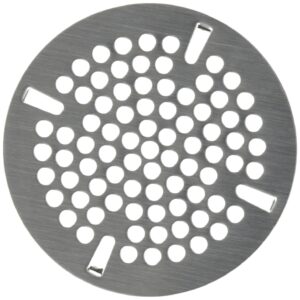Drain Strainer
Secure your business’s drainage systems with basin waste drain strainers, providing residence, industrial, and commercial applications. Safeguard your plumbing drainage systems with our top-grade drain system. Trust our products to minimize downtime and maximize productivity.
Showing all 5 results




